May 24, 2025 | 16:21 GMT +7
May 24, 2025 | 16:21 GMT +7
Hotline: 0913.378.918
May 24, 2025 | 16:21 GMT +7
Hotline: 0913.378.918

Philippine President Ferdinand Marcos, Jr. attends the opening ceremony of the 6th International Rice Congress. Photo: Quynh Chi.
In an effort to help curb the rising cases of diabetes globally, scientists from the International Rice Research Institute (IRRI), a CGIAR Research Center, have identified the genes responsible for low and ultra-low glycaemic index (GI) in rice. This discovery will be able to convert popular rice varieties into low and ultra-low GI for refined white rice, through conventional breeding methods, keeping high-quality grain and without compromising yield.
IRRI classifies GI levels below 45 as Ultra-low, 46-55 as low GI, 56-69 as intermediate GI, and high GI at 70 and above. The newly discovered ultra-low GI line has a GI level of 44, with translucent backgrounds.
Diabetes is growing globally at an epidemic rate. According to the International Diabetes Federation, there were 537 million people with diabetes in 2021 and this is expected to increase 47% by 2047. Many cultivated rice varieties have a GI ranging from 70 to 92, which is not considered healthy for people with diabetes.
In 2019, IRRI found highly significant marker-trait association markers for distinguishing intermediate versus high GI. The breakthrough comes in IRRI having now defined the genetics for low GI and Ultra-low GI and developed pre-breeding lines in a high-yielding background with low GI and ultra-low GI characteristic features.
“These research breakthroughs possess much-needed health benefits and tremendous market potential. We look to partnering with as many national systems as possible to help fast track the release of low and especially the ultra-low GI rice varieties,” said IRRI Interim Director General Dr. Ajay Kohli, adding that the ultra-low GI variety will be market-ready within two years through a collaboration between IRRI and PhilRice.
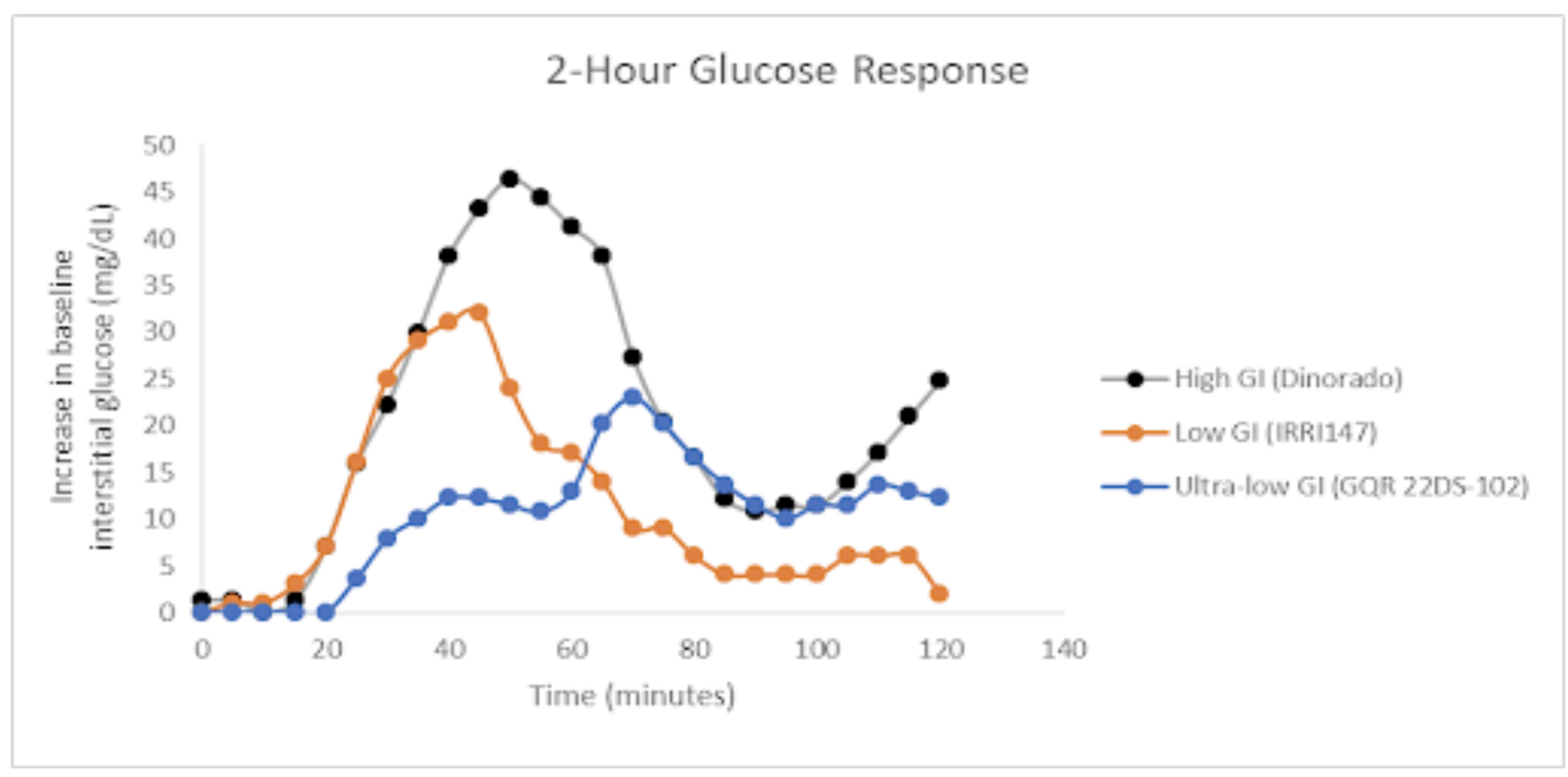
The Low GI has a much lower glucose peak and the Ultra-low GI lines release glucose at an extremely slow rate, compared to high-quality conventional rice which spikes sugar levels significantly within the same 40-minute window.
“IRRI’s latest discovery offers the opportunity to develop rice varieties with low GI, and for the first time ever, ultra-low GI levels, to meet the health needs and dietary preferences of consumers,” said Dr. Nese Sreenivasulu, Head of IRRI’s Consumer-driven Grain Quality and Nutrition Research Unit.
This scientific breakthrough comes from a wider South-South collaboration between IRRI scientists in the IRRI global headquarters hosted by the Philippines government and IRRI South Asia Regional Centre in Varanasi in India which was inaugurated by India’s Prime Minister Narendra Modi with the aim to foster research partnerships across regions.
The first batch of ultra-low GI rice samples, developed from the Samba Mahsuri x IR36ae, was formally presented to Philippine President Ferdinand Marcos, Jr. at the opening ceremony of the 6th International Rice Congress.
The President recognized that IRC is an opportunity to compare and reevaluate policies, discuss ideas for enhancing global rice value chains, and introduce better practices and technologies.
“The discoveries in this Congress will pave the way for greater strides in the rice industry in the Philippines and across the globe. I look forward to seeing the innovations to be discussed in this Congress come to life, including the ultra-low GI rice in the near future,” said President Marcos Jr.
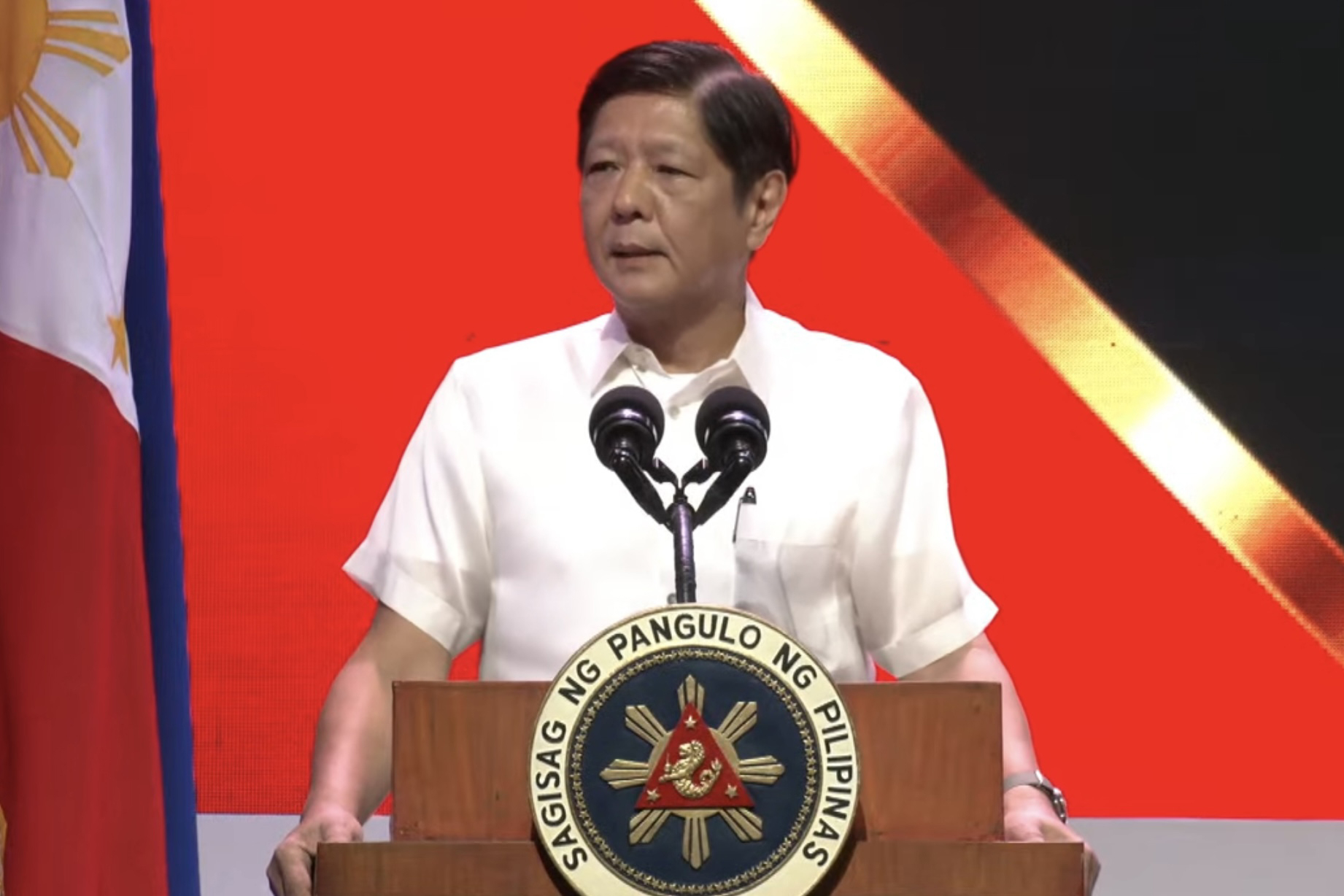
President Marcos Jr. speaks at IRC 2023. Photo: RTVM.
The President briefly shared with 1,500 audiences the situation the Philippines is facing. Aside from the global price of rice affecting the internal market, the recurrent pounding of typhoons and other natural calamities affect the Philippines’ efforts and timelines.
Besides, criminal activities such as illegal importation, smuggling, hoarding and other anti-competitive practices, do not help the situation either. So, seeing the complexities of the situation, Philippines leaders strive to approach it in a comprehensive and holistic way, based on science.
“Aside from investing in research and acquiring machinery to give to our farmers, we try to provide them with more support through our National Rice Program and the Rice Competitive Enhancement Fund. We have also been working together with international institutions like the IRRI and foreign governments not only to ensure the steady supply of rice, but also to enhance the development and sharing of crucial technologies and strategies,” the President emphasized.
The Philippines Department of Agriculture is continuing research and realizing this scientific breakthrough. In the near future, the Ministry hopes to produce Philippine rice varieties with low biological diversity, expecting to be competitive in the global market.
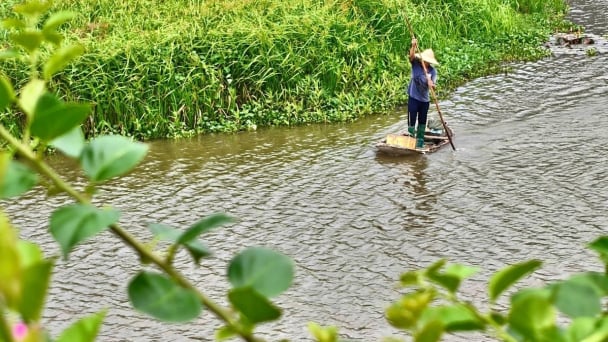
(VAN) In the tranquil wetlands of Van Long, there are quiet souls who guard the forests, nurture the waters, and oversee every bird and troop of langurs as protecting the essence of a living heritage.
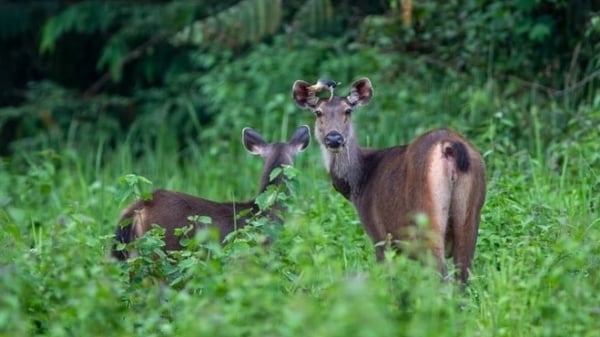
(VAN) WWF, GIZ, IUCN, UNDP call for biodiversity conservation and sustainable development must be regarded as a unity in strategies for a green future.
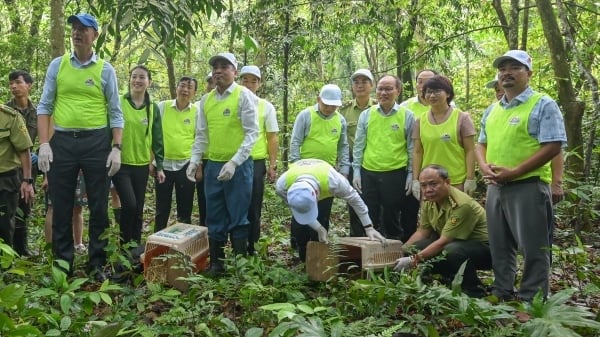
(VAN) On celebration of International Day for Biological Diversity, Deputy Minister Nguyen Quoc Tri called for practical actions to address nature and biodiversity conservation.

(VAN) Dr. Hoang Thi Thanh Nhan – Deputy Director of the Nature and Biodiversity Conservation Agency – highlighted this on the International Day for Biological Diversity, May 22, 2025.
![Ho Chi Minh city adapts to climate change: [2] Accelerating action](https://t.ex-cdn.com/nongnghiepmoitruong.vn/608w/files/chiqk/2025/05/22/4024-4220-bien-doi-khi-hau-1-100626_766.jpg)
(VAN) Clearly recognizing the challenges posed by climate change, Ho Chi Minh city has swiftly shaped its policies and implemented practical solutions to adapt.
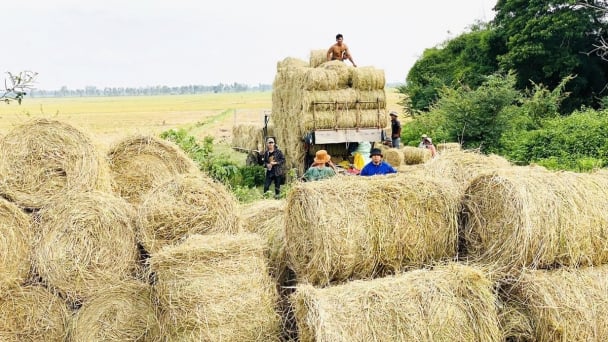
(VAN) Rice straw is no longer just a discarded byproduct, but it is becoming a green resource that helps farmers in the Mekong Delta reduce emissions and promote circular, sustainable agriculture.
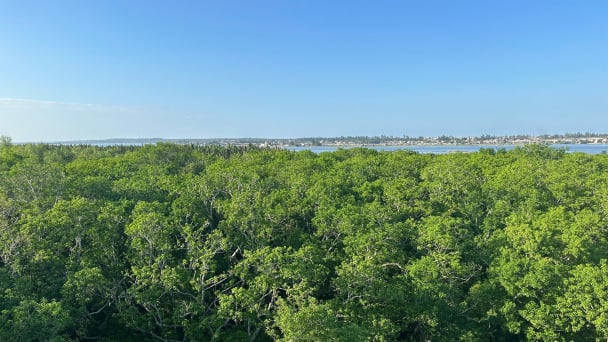
(VAN) Other Effective Area-based Conservation Measures (OECMs) are solutions that contribute effectively to achieving the goals of the Kunming–Montreal Global Biodiversity Framework.